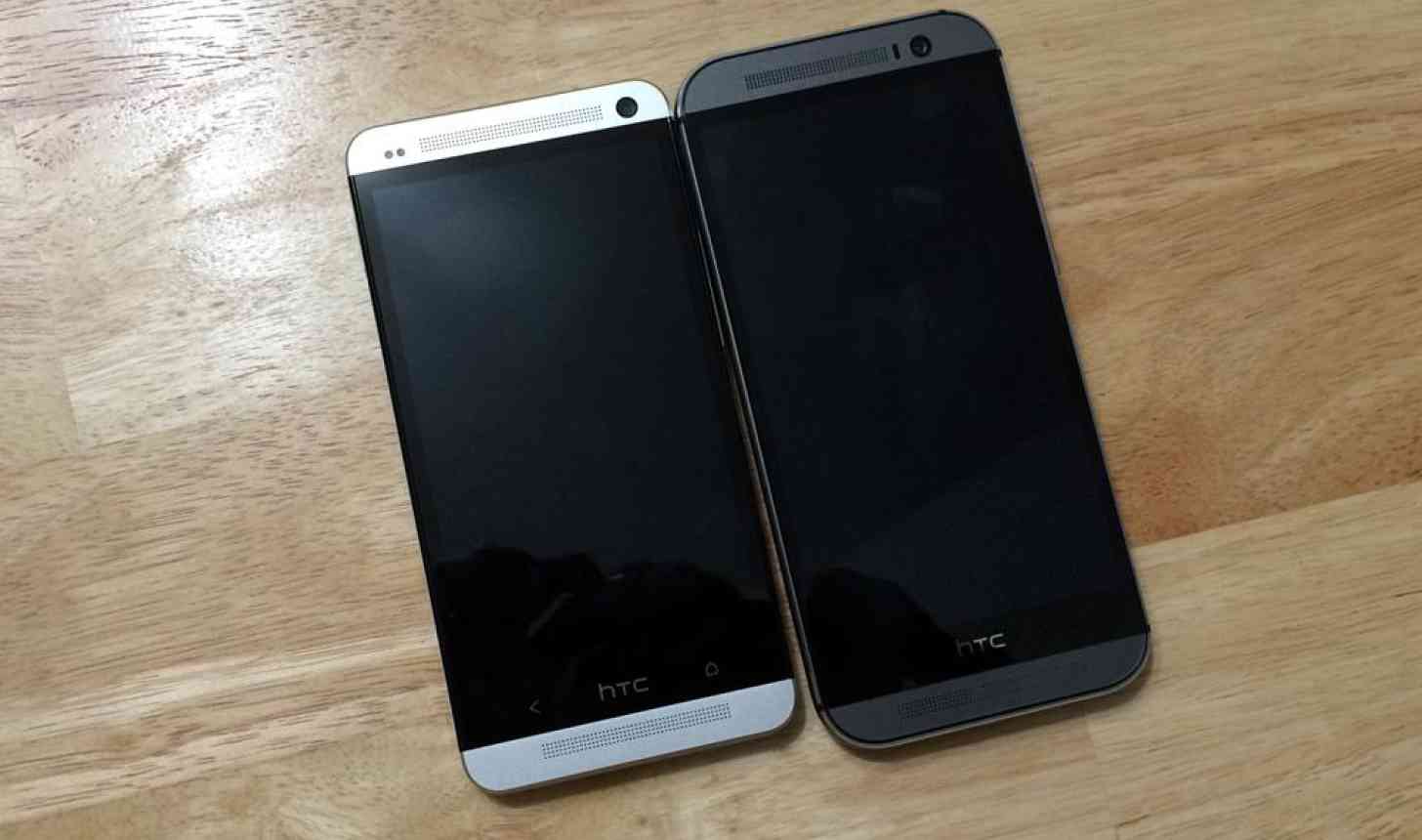
Samsung’s Galaxy S7 duo have been making headlines over the past several days thanks to early pre-order shipments that have preceded its “official” U.S. release date of March 11. While many are reveling in the “newness” of the Samsung Galaxy S7 and proclaiming that the device is precisely the successor that last year’s radically redesigned Galaxy S6 needed, others are preparing to take advantage of opportunities that typically follow the release of a new flagship: price slashing of last year’s flagships.
The Galaxy S6 is a unique case where prices were slashed long before the Galaxy S7 was ever official, and then slashed again once the release of the Galaxy S7 was imminent. With prices of the Galaxy S7 starting at $699 and the Galaxy S7 Edge starting at $799, the $447 price tag of last year’s Samsung Galaxy S6 (according to Amazon) is quite the steal when you consider the fact that the device is less than a year old. And of course you have the various price cuts surfacing from major carriers, who are always eager to draw in new customers with the best promotions.
The price lowering of a flagship after the next generation has been released is something we’ve come to expect, and at this point in my life it’s what I look forward to most. Although I spend a lot of time mulling over and tinkering with current gen flagships, when it comes to purchasing my own personal daily driver I’ve taken to waiting until the price drops before pulling the trigger. This would have been damning a few years back, but smartphone technology has slowed down considerably in that time period; so much so that picking up a flagship that’s been on the market for a year doesn’t seem to have that big of a negative impact anymore.
Once upon a time, each subsequent flagship release seemed to offer exponentially better specs and features over the next, making any flagship seem obsolete within a matter of months. I remember constantly being acutely alert for loopholes to upgrade my phone sooner than the 20 or 22 months it took for me to become eligible. I don’t remember being satisfied with any smartphone for longer than 6 months at a time, until I got my hands on my iPhone 4S (which also happened to be my first iPhone ever). Prior to my 4S I had only ever owned BlackBerrys, Windows Mobile, webOS, or Android phones.
I chalk up my ability to hang on to the iPhone for so long to two things: Apple’s ability to make a solid (and progressive) smartphone platform, and evolving smartphone technology. In fact, most daily drivers I have owned post 4S have all been exceptional devices that lasted a long time, and many of them have been previous generation flagships.
Keeping up with the Joneses became habitual at one point in my run with smartphones, but I no longer mind skipping over a generation. Flagships from generation to generation feel like upgrades are incremental at best, and at this point in my life I prefer to take a slight dip in performance in order to keep my wallet happy.
Readers, what are your preferences when it comes to flagships? Do you prefer to have the latest and greatest each time, or do you prefer to save a few bucks when a flagship becomes yesterday’s news?